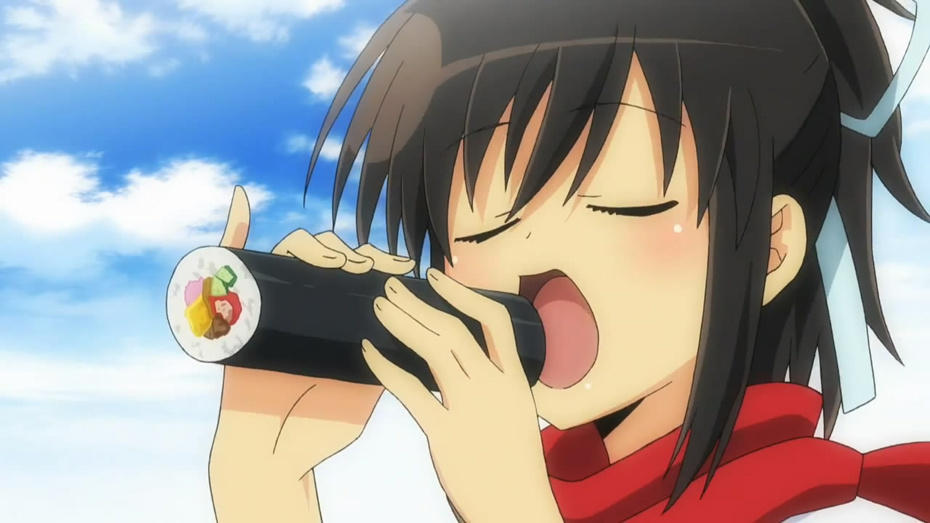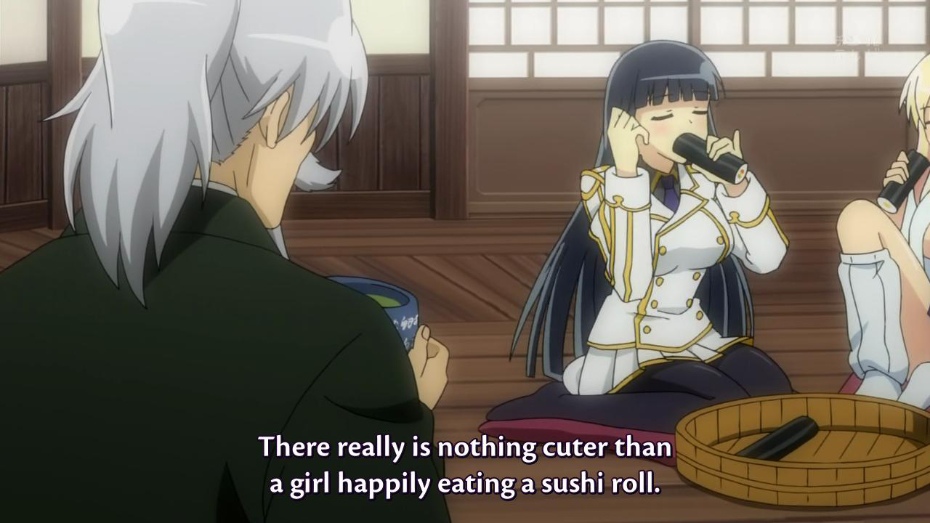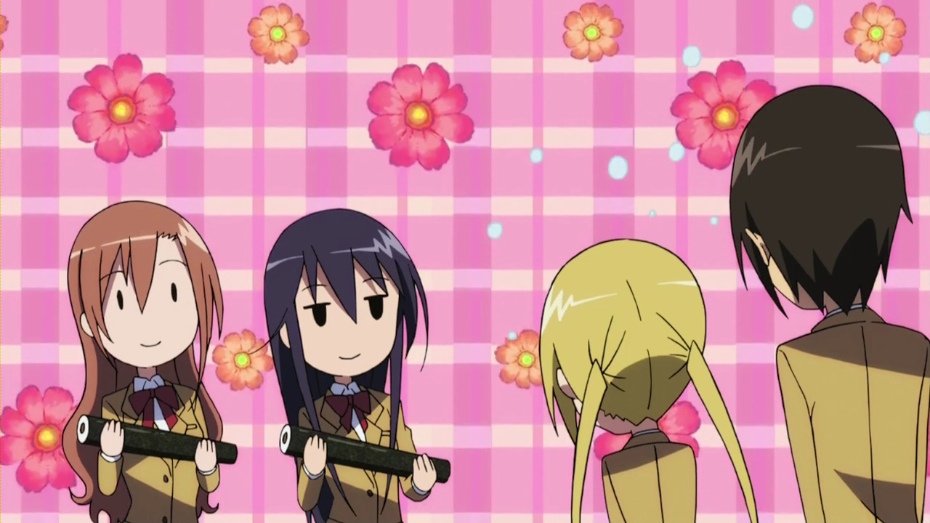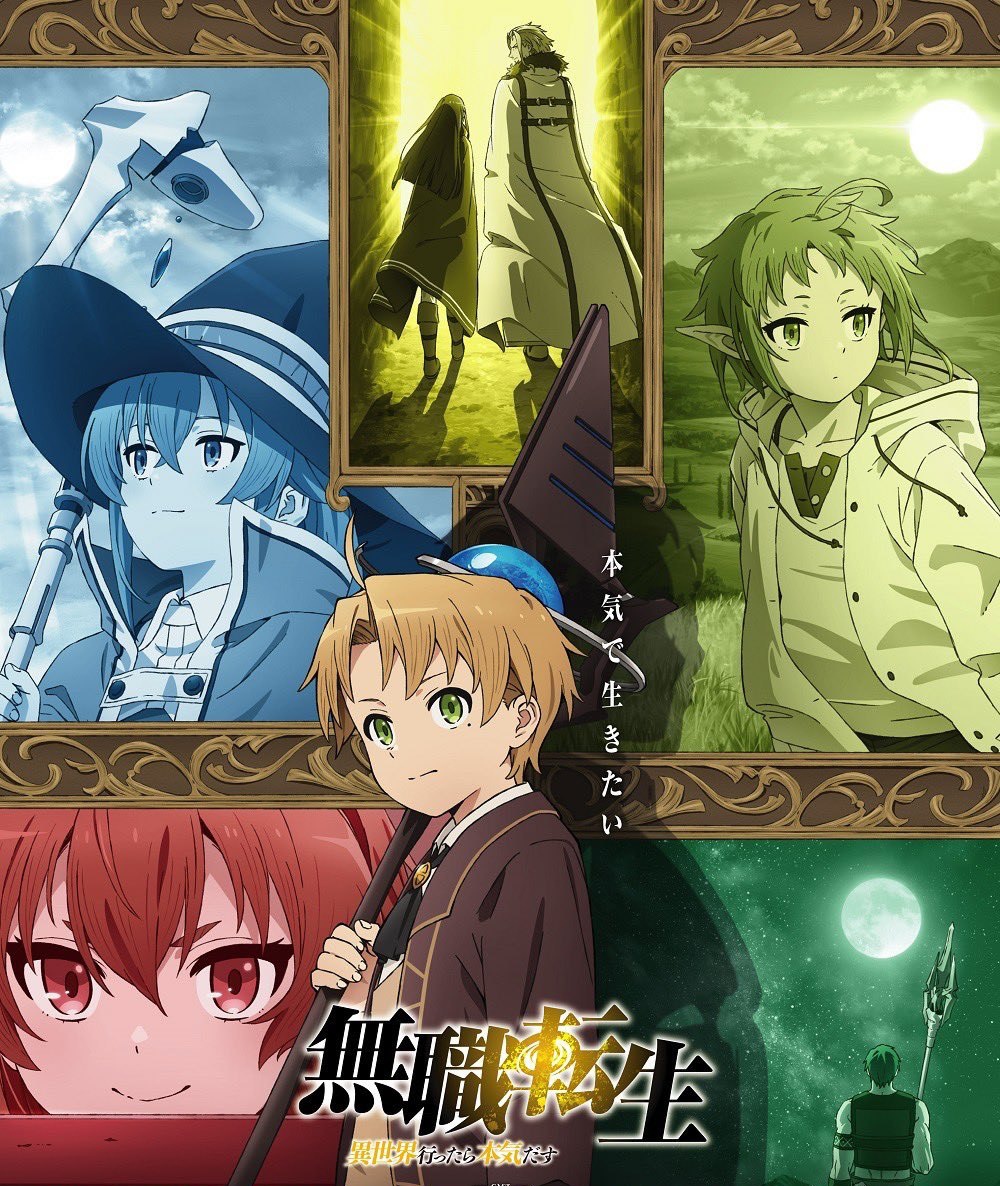February is here, and while that might be used as an excuse to re-watch Groundhog Day for the 3,176th time in your part of the world, in Japan it’s a time to celebrate some unique Japanese culture. This involves throwing soybeans at ogres who are invading your home on Setsubun or eating Ehomaki, the “lucky direction sushi roll.” For today’s blog post let’s take a break from writing about anime girl’s oppai or debating the best anime butts and learn some Japanese culture you might not know about!
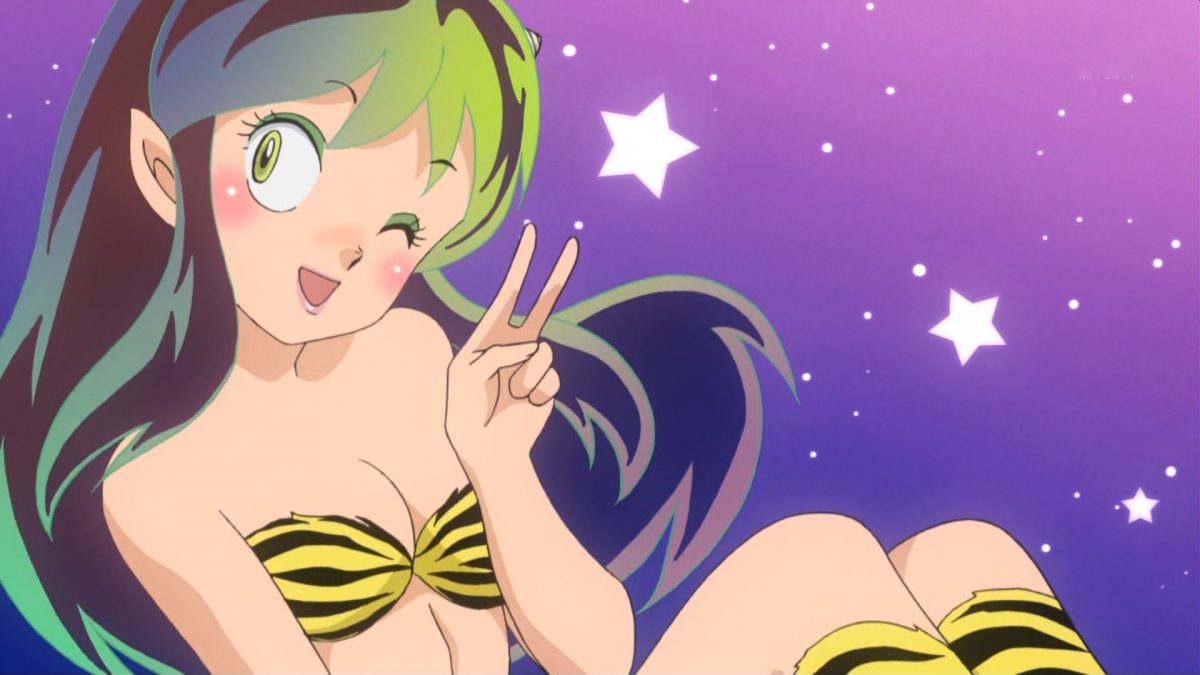
Setsubun, and Why Ogres are Dressed like Lum?
The first anime girl wearing a tiger-stripe pattern we all encountered was Lum from Rumiko Takahashi’s iconic Urusei Yatsura. Lum is an alien ogre (ōni in Japanese, pronounced with a long ‘o’ vowel) from the planet Oni, who challenges Ataru to beat him in a game of tag (in Japanese, onigokko or “ogre-chasing game”), offering to spare the earth from invasion if he can touch the horns on her head. He does this by stealing her bra, which results in the first sideboob shot in anime, and a show so popular it propelled the industry to where it is now.
When we see another character wearing a tiger-stripe pattern, we naturally think they’re cosplaying Lum, but in reality, Lum is herself cosplaying traditional Japanese ogres who are associated with a traditional day called Setsubun. Setsubun is the traditional point where winter ends and spring begins — making it exactly like Groundhog Day — and these days it’s become a fun tradition for the father of a family to put on a paper ogre mask and “attack” the children of the family while they pelt him with soybeans, shouting “Out with ogres! In with happiness!” Shops are happy to sell these masks along with packets of soybeans.
Setsubun is usually on February 3rd, but this year it falls on February 2nd, an adjustment that takes place every 124 years.

Eat Ehomaki, the Lucky Sushi Roll!
If you’ve seen anime images of girls eating sushi rolls in suggestive ways, then you’ve experienced ehomaki, another bit of Japanese culture you might not have known about. Here’s how it works: you take a long sushi roll, figure out what direction the “lucky” direction is for that year (for 2021, the direction is south by southwest), then eat the entire sushi roll without stopping. If you can do this, you’ll have good luck for the new year.
Ehomaki is actually a tradition from the Kansai (Osaka/Kyoto) region that was never practiced much in the Kanto (Tokyo/Yokohama) area. Like many aspects of our modern world, it spread to Tokyo through good old capitalism, as supermarkets and convenience stores look for an excuse to get customers to buy rolled sushi.
Naturally, the image of eating a long, cylindrical shape was too good for Japan’s hentai artists to pass up, and a trope emerged on Pixiv of showing anime girls eating their ehomaki rolled sushi in suggestive ways. The trope was helped along by shows like Seitokai Yakuindomo and Senran Kagura that embraced sexy sushi roll eating visual gag.
China is the Parent Culture in Japan
Just as ancient Greece and Rome are the “parent” cultures of the West, and everything from the architecture they employed to the sewage systems they invented to the existence of senators and lawyers all flow from the traditions they set up, China is the mother culture to all of Asia.
Japan took pretty much all cultural cues from China for centuries, including her original name of 倭 wa, first used in the third century CE. This name meant “dwarf” or “submissive” and was something Japanese scholars of the era disliked, so in the seventh century asked China to rename their country 日本 Nippon, meaning “origin of the sun,” since Japan is where the sun rises when seen from China.
It was natural that Japan follows the Chinese (lunar) calendar during its development, but in the 1873 Meiji Era Japan switched to the Gregorian calendar, officially New Year’s Day on January 1st rather than using the Chinese New Year system.
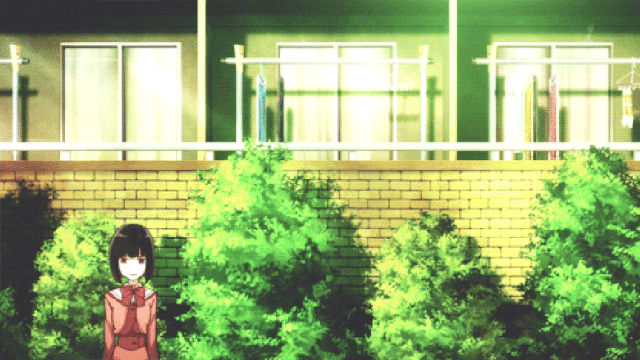
And yet, a country can change its calendar, but it can’t easily change its culture, which is the basic “operating system” for its people. Japan has a lot of interesting beliefs and superstitions, everything that a person’s blood type determines their personality to the idea that we’re connected via a “red string of fate” to the person we’ll eventually marry. The belief that holds the biggest sway in Japan is yakudoshi, an “unlucky year” that men and women face at different times (age 42 for a man and 33 for a woman are the biggest ones), during they should hunker down and avoid doing things like building houses or starting a new business. Interestingly, these unlucky years begin and end according to the Chinese calendar, meaning that they officially start after Setsubun, not the Western calendar. (The yakudoshi system itself is a Japanese system, unrelated to China.)
More “Japanese” Culture You Didn’t Know: Feng Shui
Another big part of China’s long culture is feng shui, the belief that there are lucky directions and ways to place objects, either the furniture in your room or the location of your country’s next national capital. Get this positioning wrong, and death and famine will surely rain down on your country. When Japan’s capital was moved from Kyoto to Edo (Tokyo), the direction was meticulously measured to ensure that it was a “lucky” one for the continued prosperity of Japan.
While many consider feng shui to be a silly fad that comes and goes every few years, it’s interesting to note that it does go back to 4000 BCE, making it more than 6000 years old, and likely the oldest continually-running human belief system. Imagine if elements of the beliefs of the ancient Egyptians still held sway over people’s lives today.
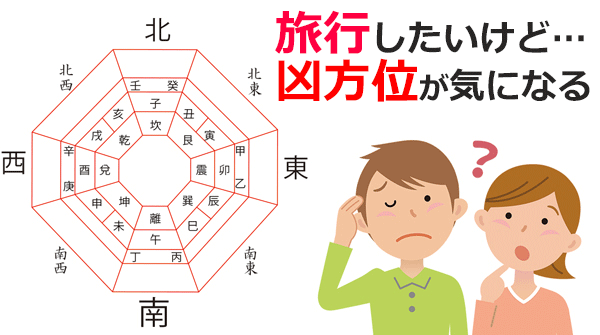
Thanks for reading this blog post exploring Setsubun and ehomaki and some areas of Japanese culture you might not have known about. Got any questions, or topics you’d like us to write about here? Post them below, or let us know on Twitter!


